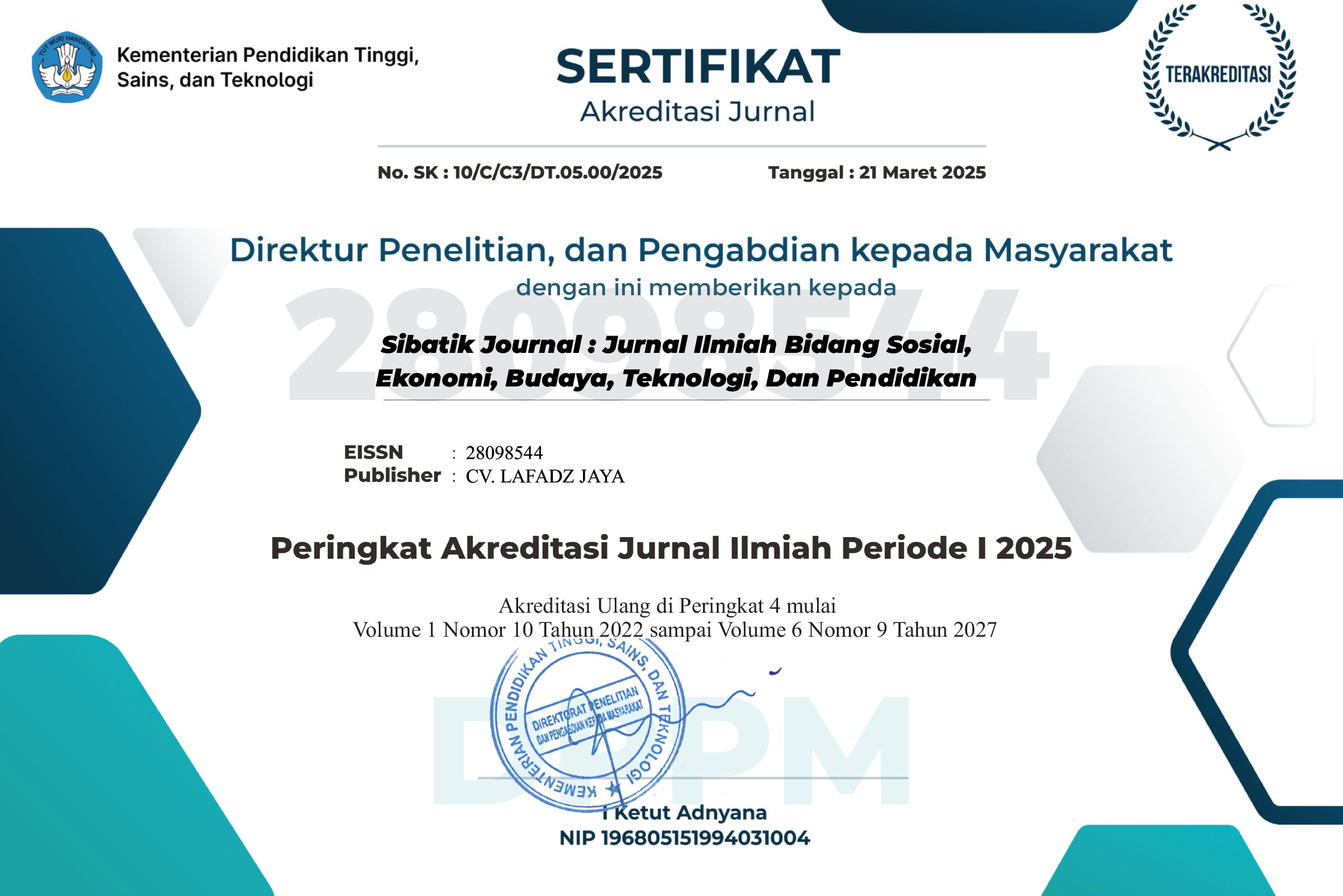BUSINESS STRATEGY ANALYSIS TO ACHIEVE CUSTOMER LOYALTY AMONG TELKOM PROVIDER USERS AT MUHAMMADIYAH SUKABUMI UNIVERSITY
Main Article Content
Muh Abdul Aziz
The rapid development of information technology and the increasing use of data communications by users has driven the growth of high-speed internet services. This research aims to analyze the factors that influence increasing customer loyalty, in this case, users of Telkom internet providers at Muhammadiyah University, Sukabumi. The independent variables are service quality, company image and customer satisfaction as mediating variables. The sample of this research was 110 respondents and then they were given a questionnaire to answer. Determination of the sample was carried out by calculations developed by (Hair et al, 1998). That is, the number of samples taken from the population is determined to be 5-10 times the number of indicators. Because in this study there are 24 indicators, the number of indicators is 24 x 6 = 144 respondents. In this study, the respondents were 144 users of the Telkom internet provider at Muhammadiyah University, Sukabumi. The tool used to analyze the data is AMOS 22.00 with the Structural Equation Modeling (SEM) method. The research results show that all of the five hypotheses proposed in this research are acceptable. The factors that have a significant influence are Service Quality and Company Image on Customer Satisfaction and Customer Loyalty. And Customer Satisfaction has a significant positive effect on Customer Loyalty.
Agustin, C. and Singh, J. (2005). “Curvilinear effects of consumer loyalty determinants in relational exchanges,” Journal of Marketing Research, Vol. 42, No. 1, pp. 96-108.
Agyei, PM, Kilika, JM, & Mensah, PA (2328). Relationship between Corporate Image and Customer Loyalty in the Mobile Telecommunication Market in Kenya. Management Studies.
Ashley, C. and Leonard, H. A. (2009). “Betrayed by the buzz? covert content and consumer brand relationships,” Journal of Public Policy and Marketing, Vol.28, No. 2, pp. 212-220.
Bitner, M. J. (1990). Evaluating Service Encounters: The Effects of Physical Surroundings and Employee Responses. Journal of Marketing.
Burke, P. J., & Stets, J. E. (1999). Trust and commitment through self-verification. Social Psychology Quarterly.
Carman, JM (1990). Consumer perceptions of service quality: an assessment of the SERVQUAL dimensions. Journal of Retailing VO - 66.
Chiou, J. S. (2004). The antecedents of consumers' loyalty toward Internet Service Providers. Information and Management. https://doi.org/10.1016/j.im.2003.08.006
Cronin, J. J., & Taylor, S. A. (1992). Measuring Service Quality: A Reexamination and Extension. Journal of Marketing.
Deutsch, M. (1958). Trust and suspicion. Journal of Conflict Resolution. https://doi.org/10.1177/002200275800200.
Doney, P. M., & Cannon, J. P. (1997). An examination of the nature of trust in buyer-seller relationships. Journal of Marketing. https://doi.org/10.2307/1251829
Ganesan, S. (1994). Determinants of Long-Term Orientation in Buyer-Seller Relationships. Journal of Marketing.
Hart, C., & Johnson, M. (1999). Growing the trusting relationship. Marketing Management.
Jones, T. O., & Sasser Jr., W. E. (1995). Why Satisfied Customers Defect: EBSCOhost. Harvard Business Review.
Joseph, R. (2001). Understanding the Digital Divide. Prometheus. https://doi.org/10.1080/08109020127271
Koller, M. (1988). Risk as a Determinant of Trust. Basic and Applied Social Psychology. https://doi.org/10.1207/s15324834bas.
Yoo, M., & Bai, B. (2007). Value creation: The impact of strategic alliance on customer loyalty. Journal of Quality Assurance in Hospitality and Tourism.
Yoon, E., Guffey, H. J., & Kijewski, V. (1993). The effects of information and company reputation on intentions to buy a business service. Journal of Business Research. https://doi.org/10.1016/0148-2963(93)90027-M.

























